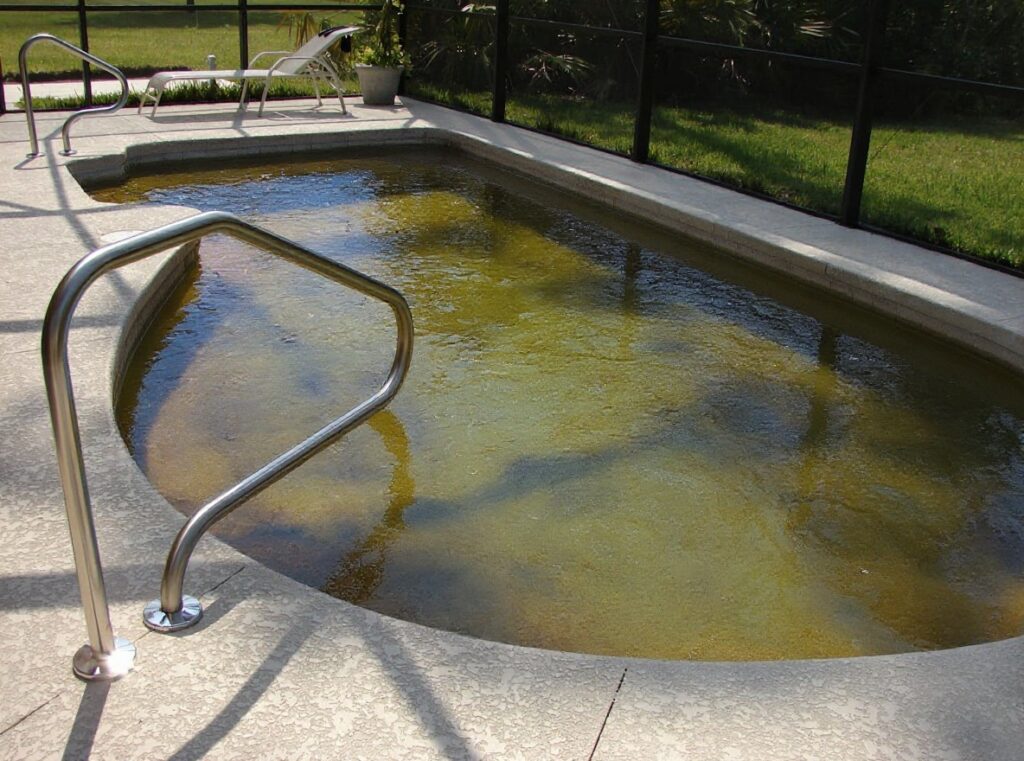How to Know When Your Pool Has Reached Its End
Owning a pool can feel like a dream, but when that dream starts turning into constant repairs, maintenance headaches, and rising costs, it might be a good idea to reassess the situation. That’s where inground pool removal companies come into play because they handle all the heavy work, leaving you with a reinvigorated backyard and more money in your pocket. So if you’re on the fence about pool ownership, here are ten signs that your pool has reached the end of its life.

1. Major Leaks That Drain Water Fast
If you’re losing significant amounts of water every day, there’s likely a major crack or plumbing issue beneath the surface. These leaks can quickly undermine the stability of the soil, leading to costly structural damage.
2. Slow Leaks That Never Seem to Stop
A slow but steady decrease in water levels often means there’s a minor leak somewhere in the pool shell or plumbing lines. If refilling your pool becomes a weekly chore, it may be more economical to consider permanent removal.
3. Visible Cracks That Signal Structural Damage
Cracks in concrete or fibreglass pools are more than cosmetic flaws; they can signal deeper structural issues. Once the surface starts splitting, water can seep into the foundation, weakening the entire pool structure and the surrounding decking.
4. Worn Surfaces That Look Old
Over time, pool surfaces wear down due to age, chemicals, and exposure to sunlight. If resurfacing costs begin to outweigh the value of keeping the pool, removal may be the better investment.
5. Corrosion and Failing Pool Equipment
Rust stains often signal corrosion in steel or plumbing, and when combined with failing pumps, filters, or heaters, they can turn repairs into a constant headache. Sometimes it’s just more practical to consider removing the pool.
6. When Clear Water Becomes Impossible to Maintain
If maintaining water quality becomes an uphill battle, it may be time to drain the pool for good. Managing frequent algae blooms, cloudy water, or chemical imbalances can suggest failing circulation or outdated filtration systems. If maintaining water quality becomes an uphill battle, it may be time to drain the pool for good.
7. Shifting Ground or Warped Pool Walls
If you notice parts of your pool wall bulging or the surrounding ground shifting, it could indicate soil instability or water pressure issues beneath the surface. These problems are dangerous and expensive to repair, often making removal the best option.
8. Fencing That No Longer Meets Safety Standards
If updating your fencing to meet current safety regulations is too expensive or complicated, pool removal may be the easier option. It will save you a lot of stress and money while removing the need for ongoing compliance checks.
9. A Pool That Sits Idle Year After Year
If your pool sits unused year-round, it’s taking up valuable space that could be put to better use, for example, a garden bed, patio, or play area. Pools require upkeep whether they’re used or not, so if it no longer fits your lifestyle, removal is a sensible step.
10. Rising Costs That Make Ownership Unsustainable
When the cost of keeping your pool running outweighs the enjoyment it provides, removal offers a practical option that reduces long-term costs and makes better use of the space.
A Fresh Start for Your Backyard
Whether your pool is leaking, outdated, or simply underused, reclaiming your space opens the door to new possibilities. From lush gardens to outdoor living areas, pool removal can transform your backyard into a low-maintenance retreat that better suits your lifestyle.